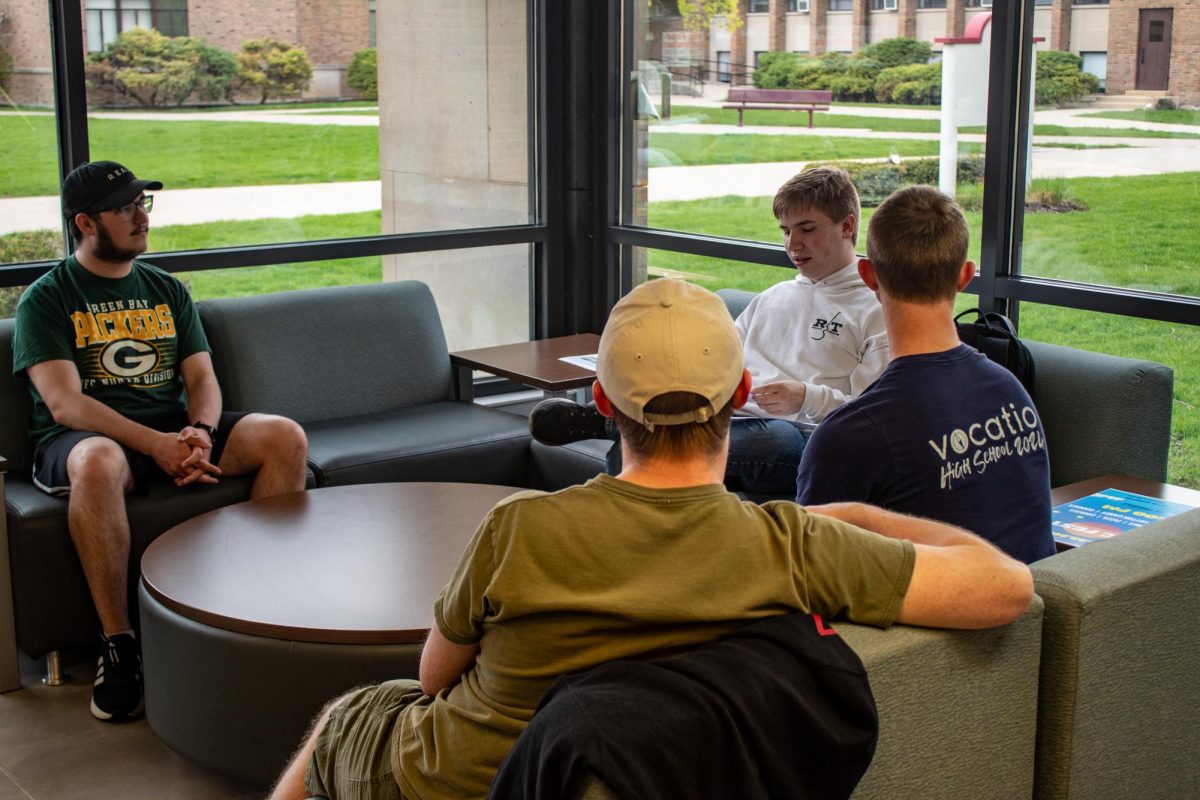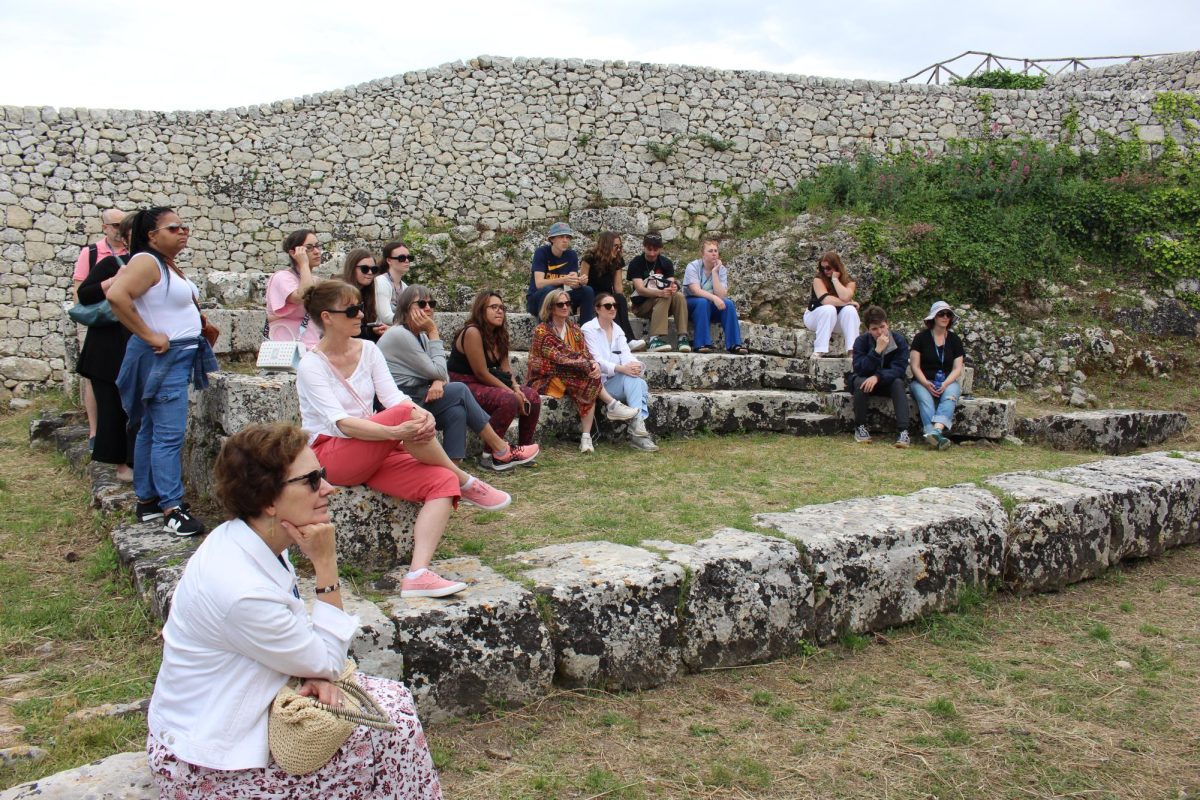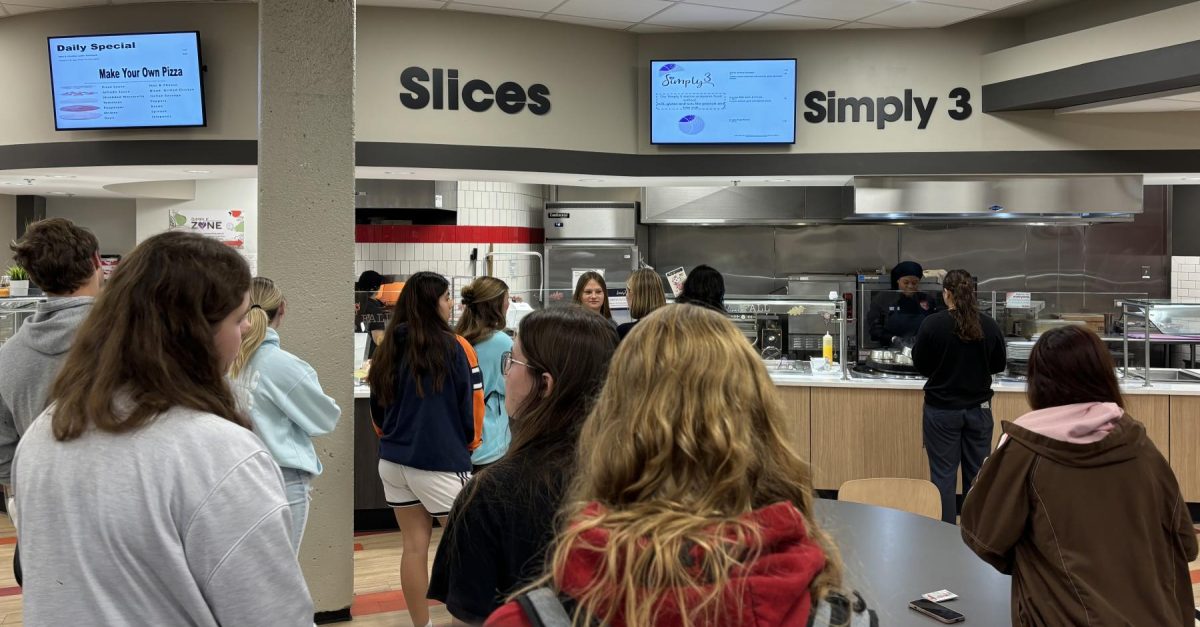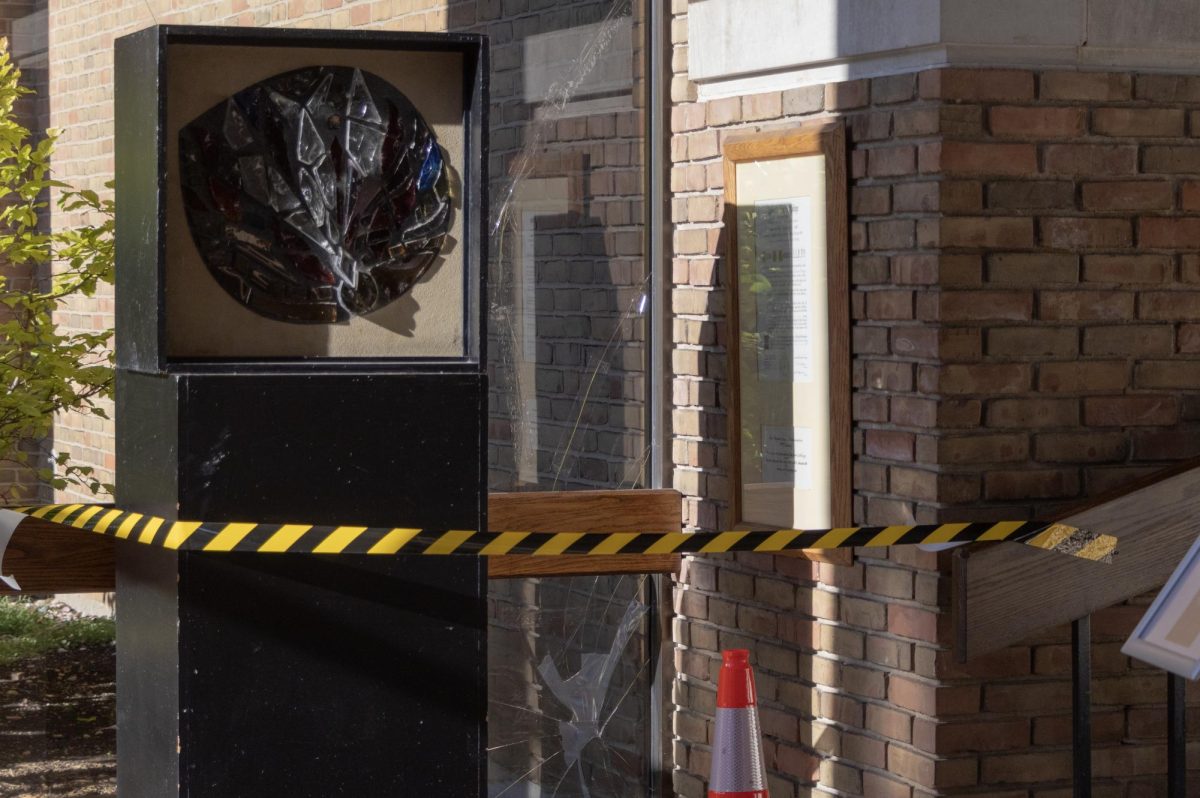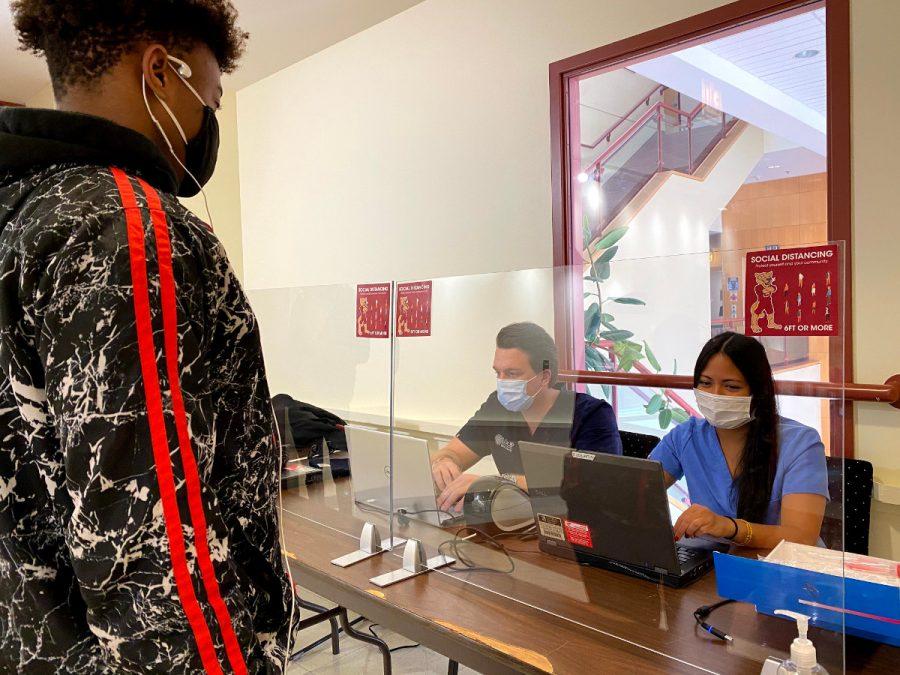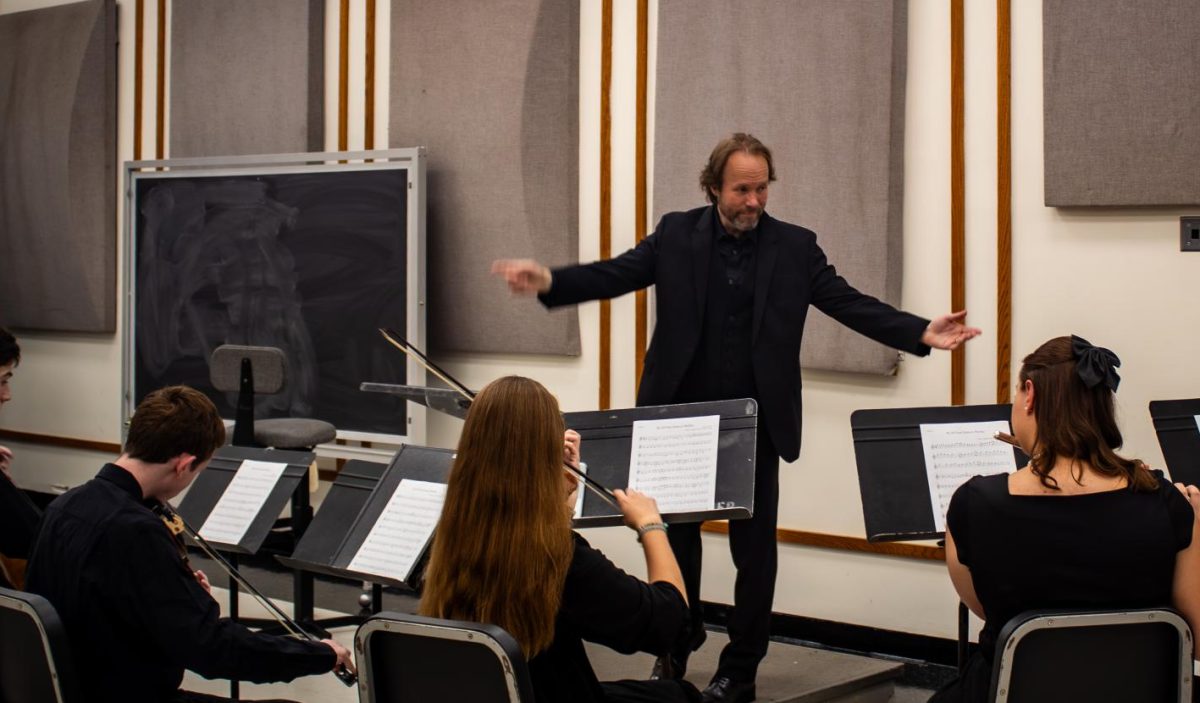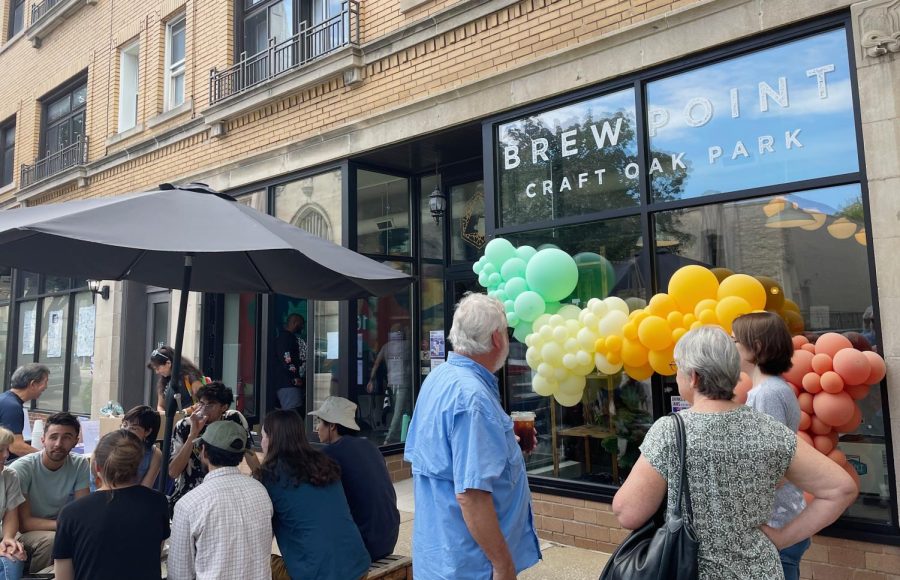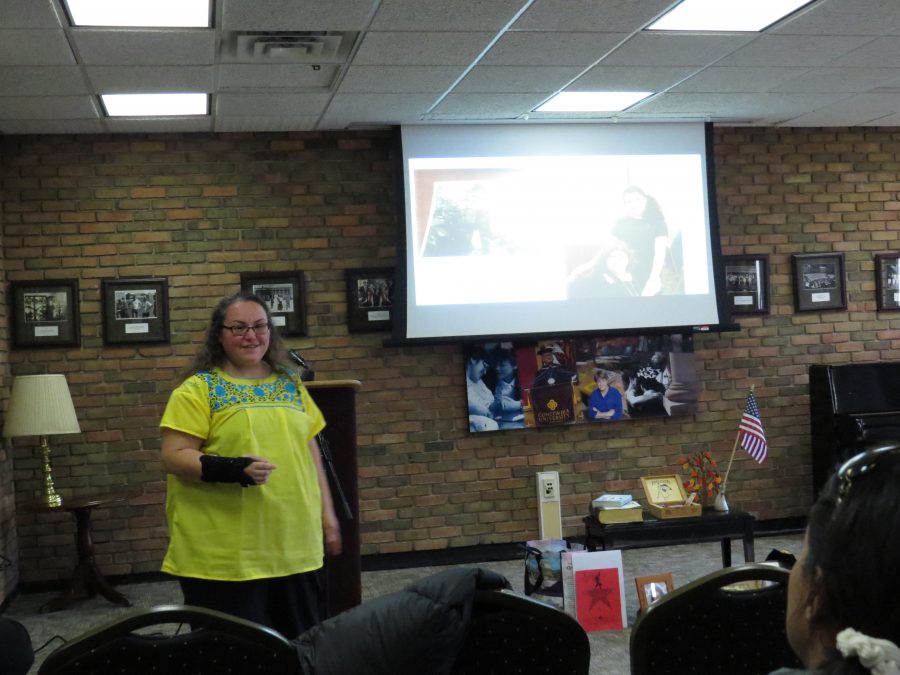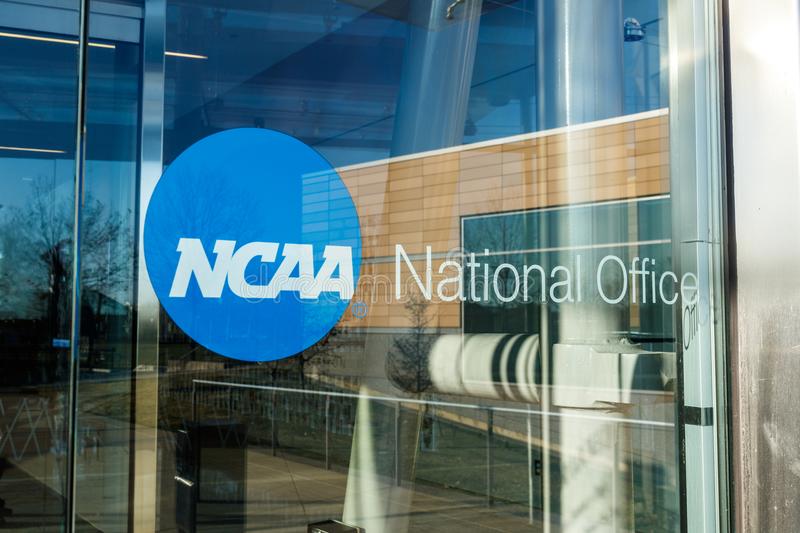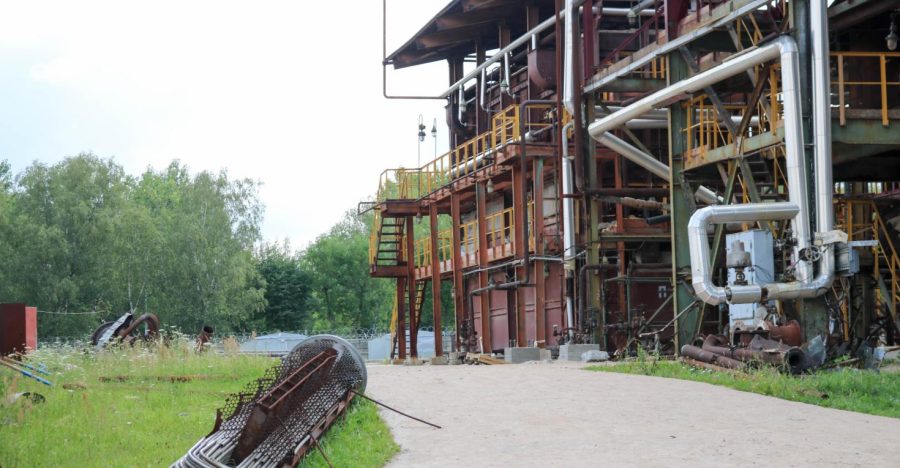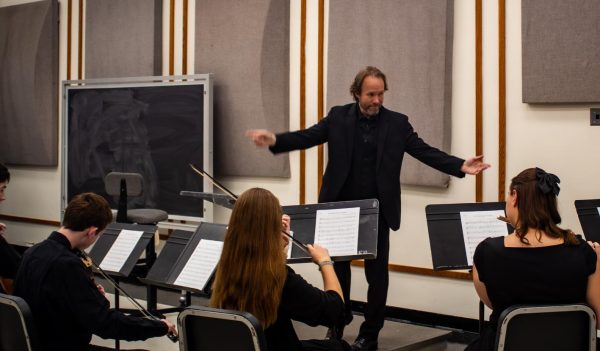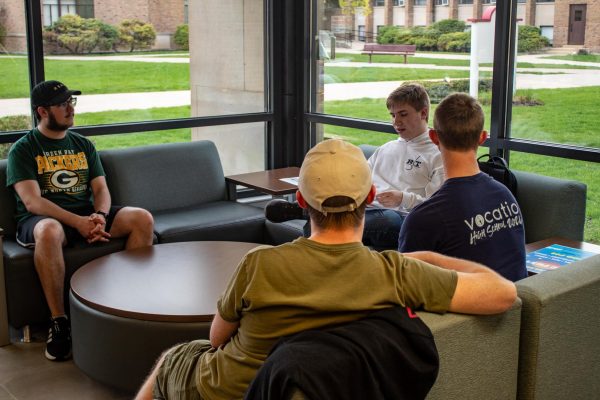Feature: Maintaining Chicago in the Post-Industrial Age has Only Just Begun
Long-term, ambitious, multi-use commercial projects might actually be a distraction from more feasible anti-blight efforts.
At the end of one unusually warm 55-degree day in March, Bill Eisenhower, 51, loads his backpack into his car to head home from the dusty industrial districts of Chicago. The Morton Grove resident had been exploring a secret new location an anonymous source had shared with him. Getting around the old factory had required a little more acrobatics than he predicted. Now, his legs, back, and hands are aching after 6 hours of exploring it and surrounding derelict buildings in Chicago.
He’s been seeking out abandoned places to explore whenever the temperature rises for almost ten years as of the spring of 2023, fascinated by the decay and beauty of the urban wasteland that surrounds him.
Eisenhower is an auto detailer by day, but when he feels brave or particularly melancholic, he’s an urban explorer, sometimes even documenting the city’s neglected buildings on his blog.
“The city is like a forest,” Eisenhower says. “It’s only mature when the whole area grows up together.” He spent a summer as a volunteer wildland firefighter in California after dropping out of college some 30 years ago, and can’t help but apply certain lessons to Chicago’s struggles with development.
What Eisenhower means is that to with neighborhoods collapsing, nurturing vacant places, not demolishing or abandoning them, is the only way to bring change.
“Have you ever seen a space get rewilded?” he says. “It starts with weeds, ugly, tough brush like the staghorn we get everywhere here. If you want the forest to regrow don’t get rid of those patches, that just makes a field. You can’t have bigger plants without those tough ones to give them a place to grow. They’re the guide.”
The communities that surround areas affected by urban blight struggle to gain traction in reversing the process. The proposals made for certain industrial locations in Chicago are ambitious, but some neighborhoods’ residents need more actionable proposals than fully developing their residential and industrial vacancies into new districts.
The danger of not developing them at all, however, is a cascade of disrepair.
When he was a boy living in Pilsen in the 1970s, East Garfield Park was a good place for restaurants just like the Mexican place Eisenhower’s mother worked at, he says.
“You could at least sit around outside and feel safe,” Eisenhower says. “Hell, I remember once my mom took us to get groceries down there just as an excuse to ride the Roosevelt Road trolley.”
In the 1950s when most of the homes were built, 70,000 people occupied them. In 2020, there were fewer than 20,000, according to the Chicago Metropolitan Agency for Planning.
In 2021, Eisenhower walked through some of the once-busy streets of the village, which has one of the worst crime rates and urban blight in Chicago.
East Garfield Park has been a victim of overzealous “redevelopment” that simply tore down derelict buildings that accumulated between 1970 and 2000.
“I just couldn’t believe what I was seeing. I knew there were streets that were more empty than not, but some of those places really, really just gotta get checked out,” Eisenhower says. “It’s more than just fire danger. There’s worse bugs there in the summer, the garbage collects, it’s just a place no one smart wants to be.”
The broken windows theory is a criminology term that posits that visible signs of decay can encourage more crime and lead to neighborhood decline.
Over time, the term has evolved to describe how abandoned lots are avoided by children and anyone who is remotely safety conscious.
University of Pennsylvania criminologist John MacDonald and Columbia University epidemiologist Charles Branas studied how crime rates in Philadelphia responded to areas of abandoned homes with and without broken windows, and also uncleared compared to maintained empty lots.
Charles Branas concluded that the poor maintenance of vacancies didn’t simply attract crime, but fostered it. When broken windows and other visual aspects were repaired, the study showed a 13% reduction in crime overall according to the 2018 study in the journal Proceedings of the Natural Academy of Sciences, evidence that the behavior hadn’t simply been pushed elsewhere.
In a 2018 article for The New Yorker titled, “The Other Side of Broken Windows,” writer Eric Klinenberg gathered feedback from the pedestrians and neighbors. The result was unsurprising except for its immediacy. Dog walkers had an obvious preference for the maintained areas, as did families and business owners.
Klinenberg notes the similarity of Philadelphia directly to neighborhoods in Chicago where there are streets with numerous vacant rowhouses, interspersed with empty lots.
Measuring the phenomenon is further complicated by how difficult it can be to classify a structure as abandoned, vacant, dormant, or derelict. Chicago relies on a civilian reporting system to guide investigation.
Miles of peeling paint, lead pipes, asbestos, debris, and rickety ladders are the perhaps the truest sign of the post-industrial age in Chicago.
Emma McCann is a 29-year-old urban explorer in Chicago who has taken far more daring trips than Bill Eisenhower. She doesn’t go alone, accompanied by a few friends like Max Paladino, 34, or her boyfriend Sam.
“No one will tell you for a second it’s not dangerous, which is why no one should go alone if they want to see some of the best sites,” she says.
At the old Union Bag and Paper building in the Central Manufacturing District, a popular exploration site before its demolition that began in late 2016, McCann and Paladino have each encountered individuals or entire groups who tried to shoo them off.
“When I went there in 2016, my boyfriend said he had dreams of me getting trapped somewhere, unable to reach him,” McCann recalls.
“I’ve gotten turned around before, but it’s easy to avoid. The only place I’ll never go is the tunnels,” McCann says.
She’s referring to the numerous multilevel underground systems, which include abandoned tunnels once used to move coal. “I don’t know if people have died in those, but you wouldn’t hear about it if they did, I think.”
“The people that hang around are the scariest part,” says Max Paladino, McCann’s 31-year-old urbex mentor and sometimes bouldering partner. “No matter where you go to explore, other people have found it first.”
One of the worst ways to fight blight is plain demolition.
John Ruberry, a 44-year-old East Garfield Park resident and demolition worker at IHC Construction, doesn’t think it likely that anyone would work on abandoned buildings without a serious payout of some kind, no matter it being a safety hazard or crime magnet.
“One thing we consider is that demolition can cause damage to pipes and other structures nearby if we’re using heavy machines or explosives.” Ruberry says. “Air quality is a concern; we can’t raise dust on windy days ‘less it’s raining.”
“These places can have asbestos, mold, lead paint. The industrial places are way worse with everything. There’s storage tanks, generators, flammable, mercury,” he says.
Money isn’t exactly the issue. A realistic and promising proposal is more elusive.
Requests for proposals can be found in each city to counteract the blight and give residents what they want, but movement is slow.
“It’s a bit of a pipe dream to have some big company swoop in and just handle everything. We’ve had a few projects like that proposed, a big complex on Roosevelt, but the decision never got far enough for the board to get involved,” Forest Park Commissioner Maria Maxham says.
On a rainy day in late March, nearing the 2023 elections, Maxham and Forest Park Mayor Rory Hoskins attended a small gathering to meet with the residents of Hannah Avenue. Nursing a hot cup of coffee, she commented on the dilemma of the encouraging potential of having areas suitable for development and the limitations of the local government.
“So many things about a location can be just right, but the whole of Chicago is competitive. One thing that’s better in another place—it’s parking, usually—and they’re gone,” she says.
The question of which areas to develop, when, and how, is first and foremost in the hands of the property owners. When a residential area has been foreclosed, it will often be auctioned off.
For businesses in Chicago, a building with an attached parking lot is the prize, as long as the houses around them are filled with clients.
To deal with the hazards and decay, the North Side has taken on ambitious projects to repurpose its industrial corridor, home to some of the most challenging landscapes in Chicago.
Lincoln Yards is a new development by Sterling Bay to completely repurpose 53 acres of the North branch Industrial Corridor. The mixed-use project will create open public spaces for parks and numerous travel paths in addition to 6,000 residential units and millions of square feet of commercial space.
Sterling Bay is doing the dirty work of removing the toxic soil and storage tanks that dominate the property, and is currently right on schedule to make the land usable.
As the North Side improves, the South and West Sides continue to struggle with high rates of poverty and crime, and the abandoned buildings that litter these neighborhoods are a constant reminder of the challenges that these communities face.
Available space in Pilsen, the West Loop, and neighborhoods beyond are finding themselves hosting the companies that have lost their blue-collar work force on the North Side. The South Side in particular has absorbed undesirable heavy industry like MAT Asphalt.
In early May of 2021, the Environmental Protection Agency sent then-Mayor Lightfoot an effusive letter to deny Reserve Metal’s request to set up a facility in the southeast side.
The author of the letter, Michael Regan, asks for a delay on the permit to analyze the “environmental justice implications of sitting this facility in a community already overburdened by pollution.”
He claims there are 250 facilities in the southeast area of Chicago actively monitored by state and federal authorities. 75 facilities in the area have been investigated by the EPA and the City for noncompliance with the Clean Air Act since 2014.
To balance out the new industry with resident-focused infrastructure, the townships have been considering proposals for centrally located vacant manufacturing land.
Places getting quickly snatched up is expected in some parts of the city and surrounding neighborhoods, but becoming rarer for villages in the west side who are losing residents, making heavy industry offers harder to refuse.
On break from classes at Northwestern University, Natalie Johnson, 24, visits the home of her adolescence in Melrose, Ill., to see her mother after a medical procedure.
After a day spent helping her mother get settled and opening up her old bedroom, she heads out to pick up dinner.
“In high school, I was that one friend in the group that lived closest by, the place we all ended up after practice,” Johnson says. She would walk with her whole group for fast food and mall shopping and be back home in a few hours.
Now, the area is quiet.
Driving through empty warehouses and retail stores, she hurries through her task. She says, “This was my home. I left, and I guess too many other people have too.”
As Johnson pointed out, the residents form emotional bonds with their favorite social areas. Their absence, even with a lowered unemployment rate, won’t counteract the psychological effects of urban blight.
Commissioner Maria Maxham wants realistic expectations for new development.
“Not every plot of land has to generate revenue to be an asset, really kind of the opposite. The best part of getting proposals is seeing community interest,” she says. “And, bigger companies like moving into a well-rounded area.”
A famous spot for urban explorers was once the 606 elevated railway, which functioned as an unofficial park bike trail from 2004 to 2014.
A 2.7-mile stretch of mostly rewilded gravel and pavement, it had entry points in four of the most popular Chicago neighborhoods with young demographics, Wicker Park, Bucktown, Logan Square, and Humboldt Park.
Mark Devino, a casual urban explorer who first started exploring Chicago in seriousness after a slightly traumatic event in 2010. He entered the trail in Logan Square while looking for an alley shortcut, unaware of what exactly he had stumbled on. He attempted to get off of the stretch of railway he ended up on, finding only grown over and fenced off warehouse lanes.
“My heart rate really picked up when I turned back the way I came,” Devino recalls.
“Getting dark, it looked exactly the same for a while. Which underpass is the right one? I started jogging a little, and I think I went past where I started. It felt like I was lost for a good hour, but honestly it couldn’t have been that long.”
“I gave up and finally decided to climb through and over two rows of fences and ended up in an open lot.”
“I had to ask around before I realized that the 606 is where I ended up, it was such a locals-only thing,” Devino finishes, “I really loved going there after I had discovered it”
Today it is officially called the Bloomingdale Trail, connected to multiple still-developing parks and trail infrastructure, open 6am-11 pm.
The plan for the park was pitched in 2004, and stayed in limbo for a decade until a $2 million grant came from the Alphawood Foundation in 2013. Two years later, construction finished and opened the main trail to widely positive reception.
Not every solution has to take on such a heavy load. Spaces that can’t be developed into residential or commercial areas still have modest potential.
In 2021, Jorn Hadzik, a professor at the Muenster School of Architecture in Germany, led a team of student architects in artistically repurposing the Alzette Quarter in Luxembourg, which was 61 hectares formerly devoted to steel industry. The land was chosen for development in cooperation with Agora, a technology and location development company located in Luxembourg.
The project creatively reimagined the landscape, designing art structures to beautify the area while using the heavily polluted ground as a research site to observe a growing field of research called phytomining.
Phytomining harvests metals from old industrial sites. The three-step process uses plants to extract heavy metal from soil, according to a 2022 study in the journal Chemosphere.
Certain plants absorb different metals from the ground, like gold, copper, zinc, or nickel, which decontaminates the ground beneath. The plants are then harvested and “enriched,” which means burned, composted, or otherwise reduced. Finally, the metals are chemically separated from the plant waste.
In practice, it can look like a field of weeds or a grove of trees, a far cry from the industrial gravel beds.
The students even found a new way to use the railway tracks. Mobile science stations conveniently roll through the main factory site on the tracks as unconventional office spaces.
Like every other post-industrial city, Chicago and its surrounding neighborhood’s residents want development in more ways than simply residential and commercial.
But first, they need to lose their title of “abandoned.”
Transitional urban planning is the process of putting pre-development area to use as art displays, parks, event spaces, whatever the community can think of.
Even accounting for all of the structures that show potential for reconstruction, there are still acres of vacant lands around Chicago, oddly shaped or otherwise hazardous or inaccessible, that have no obvious promise to anyone but the locals and explorers.
“We already love the vacant lots as they are to a certain extent,” McCann says. “They’re usually historic in some way. There’s isolation that you can’t find anywhere else in the city. But there’re serious safety hazards, and as they are now, who’s proud of living next to one?”
This article was produced as part of the coursework for JOU-3200 Feature Writing in Spring 2023.

